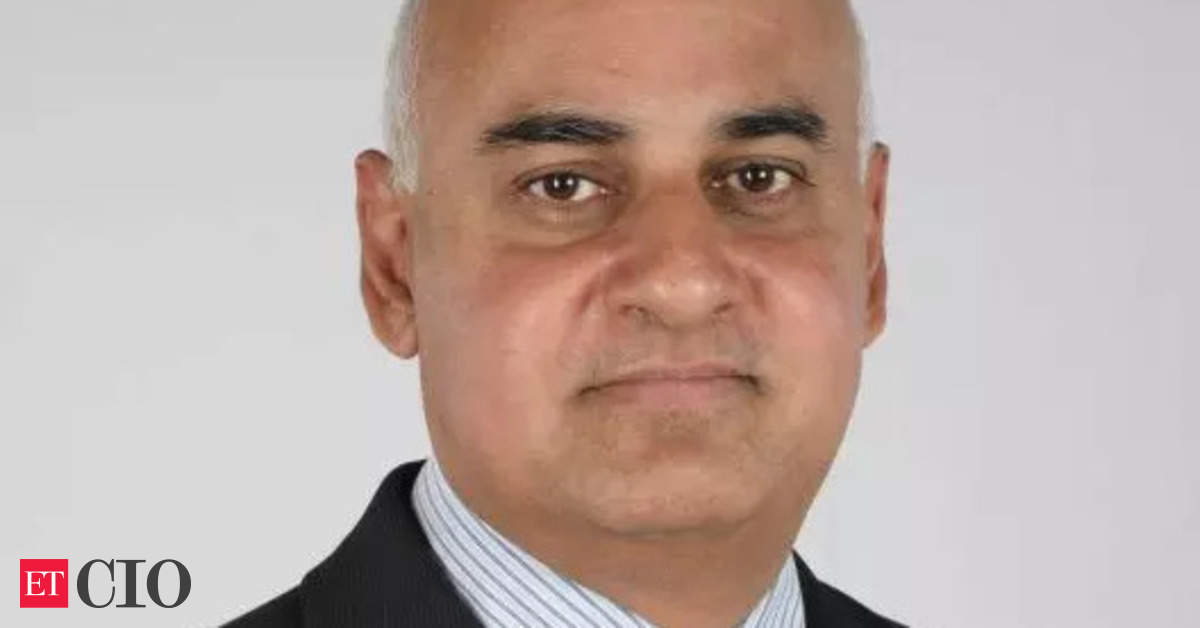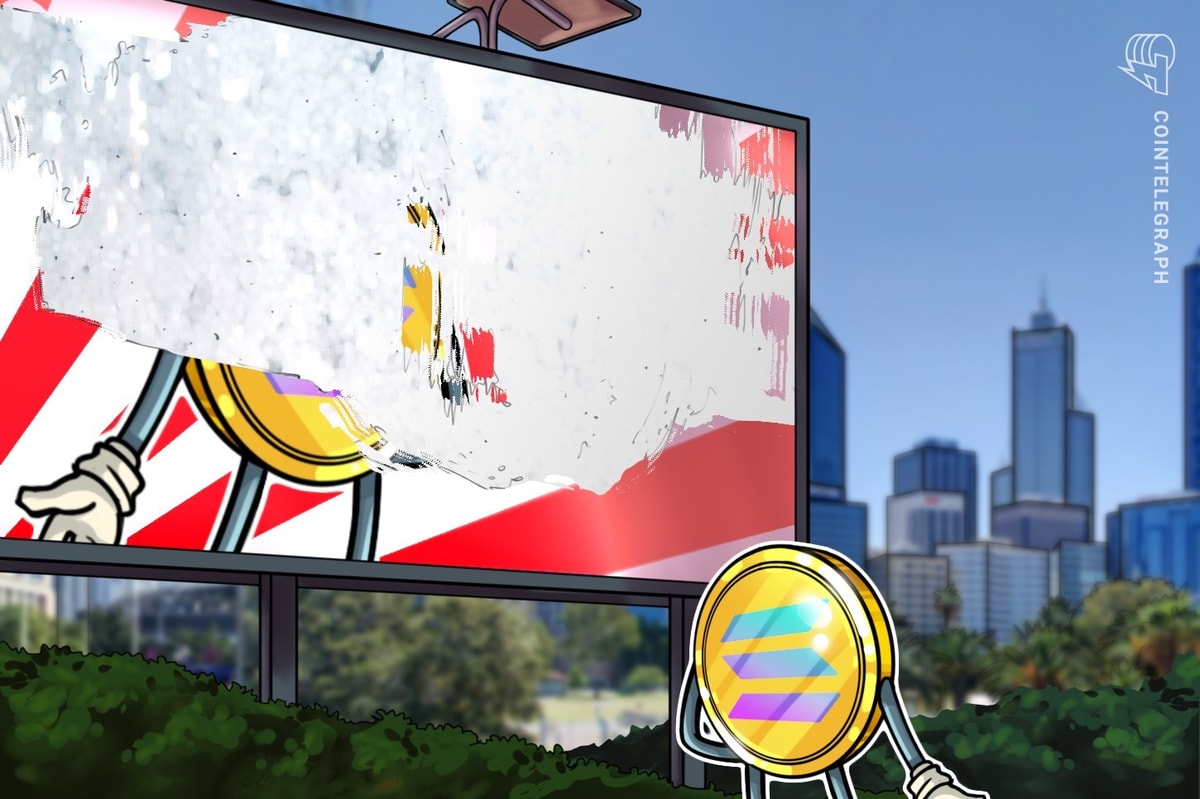As we are rapidly moving into the age of the Web3 and Metaverse, the new set of technologies are enabling new business models that promise to change the way banks work and provide their services to the end users (retail banking users, corporates, investment banking users).
On one hand, technologies like blockchain, NFTs and smart contract enable new capabilities like NFT based securities or bonds; on the other, metaverse provides an immersive experience in a simulated environment and is continuously evolving with platform updates, research and even AI modules in-built in Metaverse avatars. According to a report by Bloomberg Intelligence, the metaverse market is expected to be worth $800 billion by 2024. In another report by Technavio, financial players will contribute as much as $50 billion to the market capitalization of the metaverse by 2026.
A step above net banking, metaverse banking offers a more personalized user experience and data visualization for customers. Some of the major banks worldwide have already started investing in this space. Recently, Union Bank of India announced the launch of Metaverse Virtual Lounge to deliver a unique banking experience to its customers. Metaverse will allow customers to roam around the lounge and acquire information about bank deposits, loans, government welfare schemes, and digital initiatives like the real-world experience.
Here are some of the possible use-cases:
1) Tokenized securities/bonds and assets
Investment banks are already using tokens to represent custom securities, bonds and other assets. Tokenization of these assets provides two key benefits: (a) Securities and bonds can be quickly created to suit the customer needs; (b) ownership and provenance can be checked/proven easily and without any ambiguity.
Depending upon the need, the assets can be NFT enabled or can even use fungible tokens that would allow seamless trading. Using smart contract, the asset can initiate auto-trading thus allowing bank to build their algorithm to maximize returns and minimize risk.
An extension of this scenario is where high value physical assets like fine art or diamonds are tokenized using NFTs to maintain provenance from their creation to the current ownership. This also allows their trading.
2) Digital currency backed by central banks
Central/federal banks are working on digital currency that is backed by the bank. Recently, RBI in India announced that Central Bank Digital Currency (CBDC) would be launched ahead of crypto-bill enactment in the parliament. Furthermore, in the Union budget, the government announced plans to introduce CBDC in FY23. It is proposed in the Financial Act 2022 that CBDCs be considered banknotes as well and thus are treated at same level as fiat currency. The central bank is already engaging with some of the top Indian banks to run pilot projects. This will enable Indian users to use CBDC to make purchases or trade using digital platforms.
3) Monetize gaming through payment options
Online gaming is picking up well. Banks can provide payment integration with games in the virtual world. For example, recently, a neo bank announced building an exchange system for exchanging value from the virtual world to the real world. The bank holds the game tokens and provides the player with a loan to procure and play with tokens.
4) Virtual Banking
The ability to virtually visit a bank is a crucial use case for banking. The consumers could use their custom avatar to visit the virtual bank branch, interact with the bank staff and make transactions virtually. This has become more relevant after the pandemic as customers are more inclined toward availing the remote services. The immersive nature of Metaverse and ability to strike conversations help the customers to be comfortable and get involved in various conversations with the advisor. Financial reviews, financial planning, mortgage advice delivery, virtual annual portfolio reviews, etc., can be facilitated virtually using metaverse; once the customer decides to go in for an investment, the same can be enabled using token based assets; revolutionizing customer banking experiences.
5) Employee onboarding and training
Banks could use metaverse to train new employees and interact with colleagues. Furthermore, it will also give an opportunity to talent from Tier 2 and Tier 3 cities to interact with colleagues working in Tier 1 cities and learn new methodologies of banking. This can provide a strong bonding experience and a better understanding of customer handling, making the onboarding process easy and more effective.
Banks that are stepping into the metaverse are attracting the younger generation. The new generation is more tech-savvy and does not prefer the traditional banking experience. Showing their presence in the metaverse would be a great branding strategy for the banks and the early adopters of the metaverse may have the first mover advantage.
Embracing the web3 and metaverse opportunity will require banks, designers, and security analysts to discover new ways of building trust with customers. This includes well thought through product strategy and mix so that tokenised assets can be transacted enabling seamless experience. Financial institutions should not simply move into and monetize; rather, they must work hard to establish positive relationships.
While many banks are still trying to understand the capabilities of web3 and metaverse, few have already started using its capabilities. JP Morgan has become the first bank to land in metaverse by opening a lounge, named Onyx, in the blockchain-based world, Decentraland. With this, users can create their own avatars, explore and buy digital plots of land using the digital currency, Mana.
KB Kookmin Bank, one of the largest banks in South Korea, has developed KB Metaverse VR Branch Testbed (a virtual bank). Here customers can access banking services in metaverse after wearing a VR headset. Some other financial institutions like BNP Paribas and Bank of America have also placed their foot in the virtual world.
In a nutshell, with the right set of policies, regulations, and government support, the metaverse holds great potential to create new opportunities and possibilities for the banking ecosystem.
The author is Chief Technology Officer at Coforge
Disclaimer: The views expressed are solely of the author and ETCIO.com does not necessarily subscribe to it. ETCIO.com shall not be responsible for any damage caused to any person/organization directly or indirectly.
Read More: cio.economictimes.indiatimes.com









 Bitcoin
Bitcoin  Ethereum
Ethereum  Tether
Tether  XRP
XRP  Solana
Solana  USDC
USDC  Cardano
Cardano  Dogecoin
Dogecoin  TRON
TRON  Lido Staked Ether
Lido Staked Ether  Wrapped Bitcoin
Wrapped Bitcoin  LEO Token
LEO Token  Toncoin
Toncoin  Chainlink
Chainlink  USDS
USDS  Stellar
Stellar  Wrapped stETH
Wrapped stETH  Pi Network
Pi Network  Hedera
Hedera  Avalanche
Avalanche  Shiba Inu
Shiba Inu  Sui
Sui  MANTRA
MANTRA  Litecoin
Litecoin  Bitcoin Cash
Bitcoin Cash  Polkadot
Polkadot  Bitget Token
Bitget Token  Ethena USDe
Ethena USDe  WETH
WETH  Binance Bridged USDT (BNB Smart Chain)
Binance Bridged USDT (BNB Smart Chain)  Hyperliquid
Hyperliquid  WhiteBIT Coin
WhiteBIT Coin  Wrapped eETH
Wrapped eETH  Monero
Monero  Uniswap
Uniswap  sUSDS
sUSDS  Aptos
Aptos  Dai
Dai  NEAR Protocol
NEAR Protocol  OKB
OKB  Pepe
Pepe  Internet Computer
Internet Computer  Mantle
Mantle  Gate
Gate  Tokenize Xchange
Tokenize Xchange  Ethereum Classic
Ethereum Classic  Ondo
Ondo  Aave
Aave  Coinbase Wrapped BTC
Coinbase Wrapped BTC